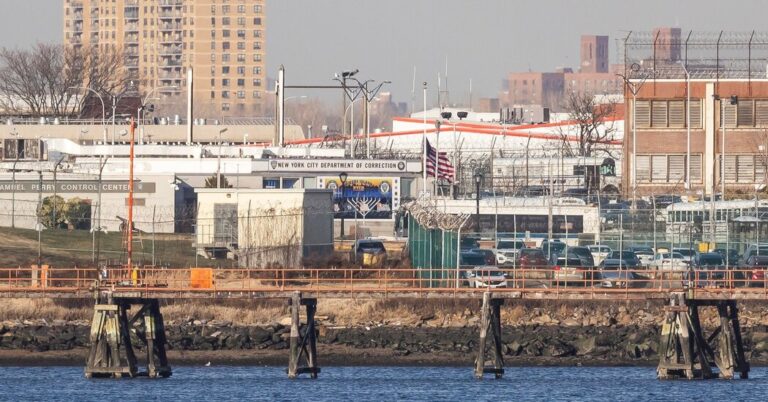India’s 2024 Multiphase Election: What to Know
Why does this election matter?
India is holding its multiphase general elections from April 19 to June 1, in a vote that will determine the political direction of the world’s most populous nation for the next five years.
The usually high-turnout affair, which was formally set on Saturday, is a mammoth undertaking described as the biggest peacetime logistical exercise anywhere.
Prime Minister Narendra Modi, whose power is well entrenched, is seeking a third term. In his decade at the helm, he has projected himself as a champion of India’s development, trying to address some of the basic failures — like antiquated infrastructure and a lack of clean water and toilets — holding the country back from reaching its potential as a major power. But his push to reshape India’s secular democracy as a Hindu-first nation has aggravated the religious and ethnic fault lines in the hugely diverse country.
In a region of frequent political turmoil, India is deeply proud of its nearly undisrupted electoral democracy since its founding as a republic more than 75 years ago. Although independent institutions have come under assault from Mr. Modi’s efforts to centralize power and the ruling party is seen as having an unfair advantage over political fund-raising, voting in India is still seen as free and fair, and results are accepted by candidates.
How does India vote?
India has a parliamentary system of governance. The party leading the majority of the 543 seats in the upper house of the Parliament gets to form the government and appoint as prime minister one of its winning candidates.
The country has over 960 million eligible voters, with about 470 million of them women. Turnout in Indian elections is usually high, with the parliamentary elections in 2019 drawing a 67 percent turnout.
The votes are cast electronically across more than a million polling stations that require about 15 million employees during balloting. To reach every possible voter in Himalayan hamlets and isolated islands, election officials will travel by any means possible, in railroads and helicopters, on horseback and boats.
India’s elections are the most expensive in the world, with political parties spending more than $7 billion in the 2019 parliamentary elections, according to studies. That spending is expected to double in the current elections. In a sign of how much of a factor money is, Indian authorities seized the equivalent of hundreds of millions of dollars before the last parliamentary election — in cash, gold, liquor and drugs — that they said was meant for bribing voters.
Who is running, and who is likely to win?
Prime Minister Modi’s Bharatiya Janata Party holds a strong majority in the 543-seat Parliament. The B.J.P. won 303 seats in 2019, and along with its coalition partners enjoyed a majority of 352 seats.
Although Indian elections are known to throw surprises, Mr. Modi’s B.J.P. is well placed to return to power. His party, relentless in trying to expand its base, is rich in cash and has a strong election machinery. Mr. Modi has built on it a multipronged approach that offers everyone something: There is the wider emotional appeal of his Hindu majoritarian ideology for his main base, coupled with a broad range of welfare and infrastructure programs that tries to win new constituencies to the B.J.P.
The opposition has struggled to match Mr. Modi’s appeal.
The Indian National Congress, the main opposition party, ruled India for decades, but it has been reduced to shadow of its former glory in two consecutive national elections. In 2019, it won only 52 seats.
In the lead-up to this parliamentary election, the opposition has tried to unite as one bloc. They are brought together by fears that a third term for Mr. Modi, who has jailed many opposition party leaders and bogged down others in investigations, would further marginalize them.
But the opposition has struggled to pitch a cohesive ideological alternative beyond a criticism of Mr. Modi’s divisive politics, and its bickering over seat-sharing in constituencies often spills out in messy public fights.
When will we find out the results?
Because of India’s vast geography, the voting for the parliamentary election happens over seven phases, and it takes nearly six weeks to complete, from the first region casting its vote to the last. Scheduling is a tricky task, entailing trying to find a sweet spot that factors in climate extremes and is considerate of the frequent cultural and religious festivals across India.
Check out our Latest News and Follow us at Facebook
Original Source







